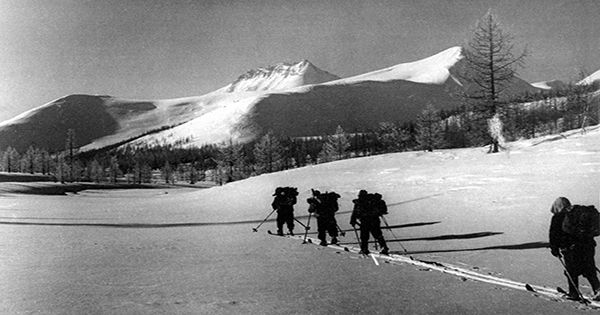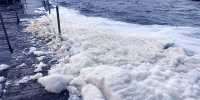On January 27 of 1959, a group of hikers from the Ural Polytechnic Institute of Russia set out on an expedition to the North Ural Mountains, with the goal of reaching the White Otter Mountains. They never reached their destination; they all destroyed in the icy cold of the Kholat Syakhl Mountains – translating “Death Mountain” into the local indigenous Mansi language.
Their deaths were so disturbing and mysterious that as the Dyatlov Pass incident became infamous, many theoretical walks revolved around the unfortunate fate of hikers. These range from icebergs and panic-induced sound waves to alien, ethos and covert military experiments. However, a new study published in Communications Earth and the Environment suggests that rare types of slab snowfall could be the culprit.
Co-author Professor Alexander Puzrin said in a statement, “Of course, the truth is that no one really knows what happened that night. But we do provide strong evidence that the iceberg theory is admirable.” Their tent found on February 26, 1959, with the contents still open inside. Ice footprints indicate that they were barefoot, wearing only socks or a boot, and were carried away from the tent and disappeared.
The remains of a fire under a cedar tree found the first two bodies on February 27. The hikers were suffering from fire and his hand bit one of them. They were barefoot, wearing only underwear. The remains of three more people have found between the site and the tent, frozen in a manner that indicates they are trying to return to camp. On May 4, about three months later, the last four bodies found in a valley about 75 meters (246 feet) feet from a tree, less than four meters (13 feet) of snow. Two had no eyes, no eyebrows, and one had a torn tongue.
The question is, why did these highly experienced hikers flee their tents so equipped to survive? Some people blame the aliens. Strange illumination is seen in the sky at the time of the incident and some of the hiker’s clothing inevitably had radiation marks on them.
Some of these reasons believe that the death was the result of a secret military or KGB operation. Others theorize that there was a panic attack among hikers on a Kerman whirlwind road. These factors have also led some to believe that the deaths were a result of a secret military or KGB operation. Other sources – including the 2014 Discovery Channel documentary – have claimed that an assassin killed Yeti hikers. A picture from the hiker’s camera thought to be Yeti, but probably someone in snow gear, helped to extend the theory.
Although the iceberg theory is the shortest distance, there are many points that oppose it. First, the rescue team found no evidence of snow at the scene, and the angle of the upper slope was not steep enough for a typical iceberg. The hiker also sustained head injuries due to chest injuries and head injuries.
Co-author Professor Johan Gaume said, “Previous investigators were unable to explain how a snowfall could have occurred at midnight, in the absence of any snowfall that evening. We had to come up with a new theory to explain it.” “We use data on ice friction and local topography to prove that a small slab of ice can occur in mild. Leaving a few marks.”
The hikers made a part of the opera to pitch their tent. Professor Puzrin said, “It was the initial trigger, but it just wasn’t enough.” “The catastrophic winds probably caused snow and allowed an additional load to slowly build up at a certain time, allowing a crack to form and propagate, causing the snow slab to be exposed.”














